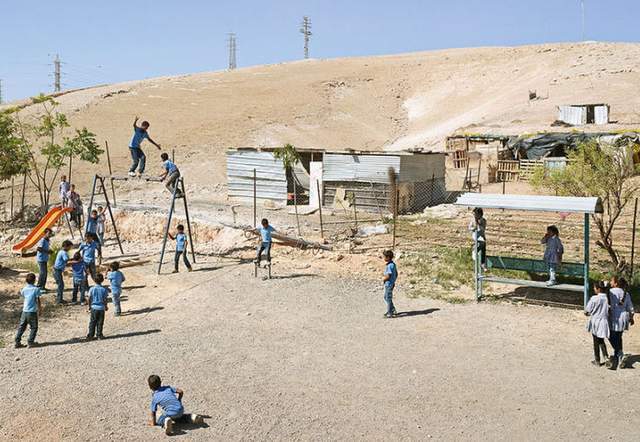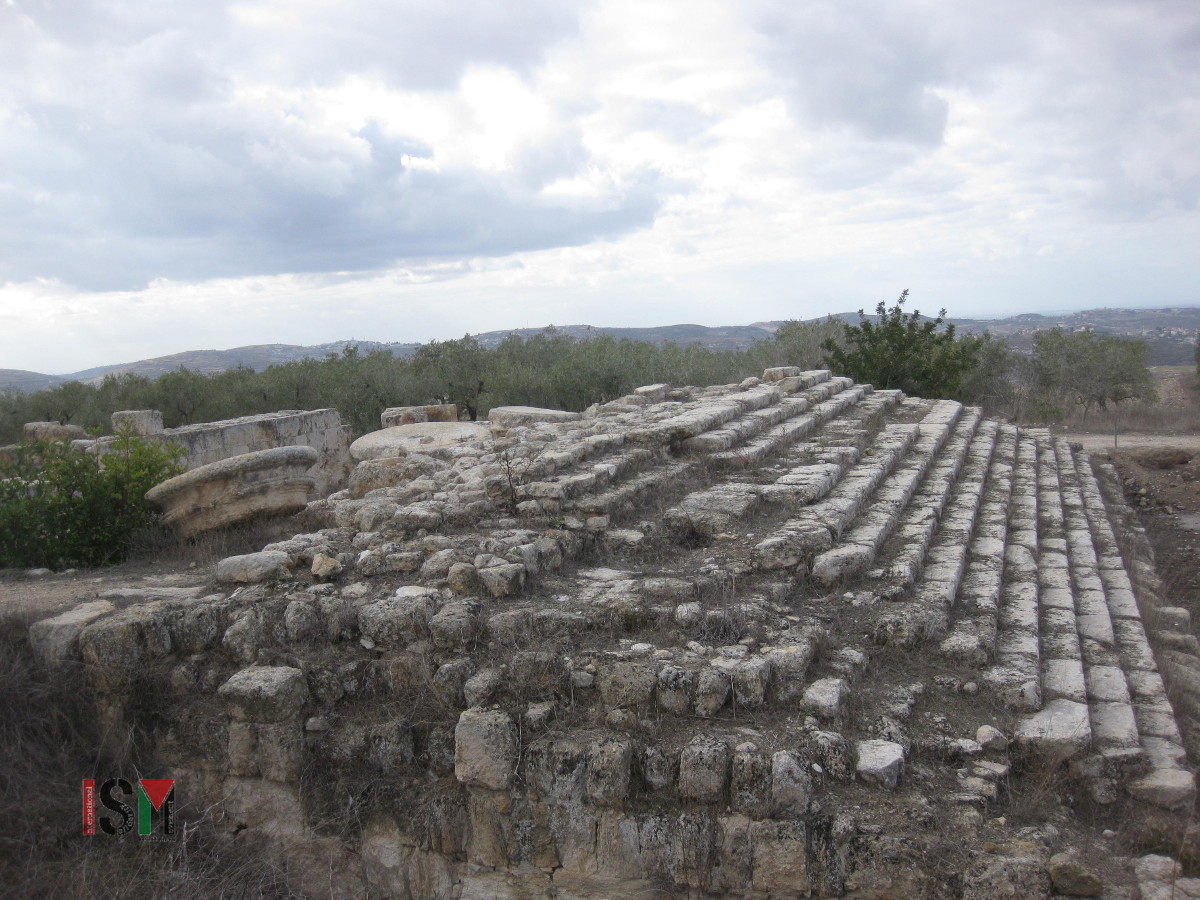Tag: Demolition
-
Khan al Ahmar watches the World Cup
26th June 2018 | International Solidarity Movement, Ramallah Team | Khan al Ahmar, occupied Palestine The Jahalin tribe of Khan al Ahmar were forcibly relocated by Israel from the Negev Desert in 1951. The village’s current site in Palestine is located between the illegal Israeli settlements of Ma’ale Adumim and Kfar Adumim. Israel wants to…
-
Susya continues to await demolition as Israeli government hesitates
3rd March 2017 | International Solidarity Movement, al-Khalil team | Susya, occupied Palestine The village of Susya in the south Hebron hills is still waiting for news of its imminent demolition at the hands of the Israeli military. On Sunday 26th the Israeli court was expecting the government to make clear its plans to execute…
-
Sebastiya will not be ruined
24 January 2017 | International Solidarity Movement| occupied Palestine The Israeli Forces have been making their presence known in Sebastiya almost daily; sometimes just for show, and other times with bulldozers under the guise of ‘maintence and cleaning’. But, when exactly did a bulldozer ever clean up a site? Instead, what they are doing is…



